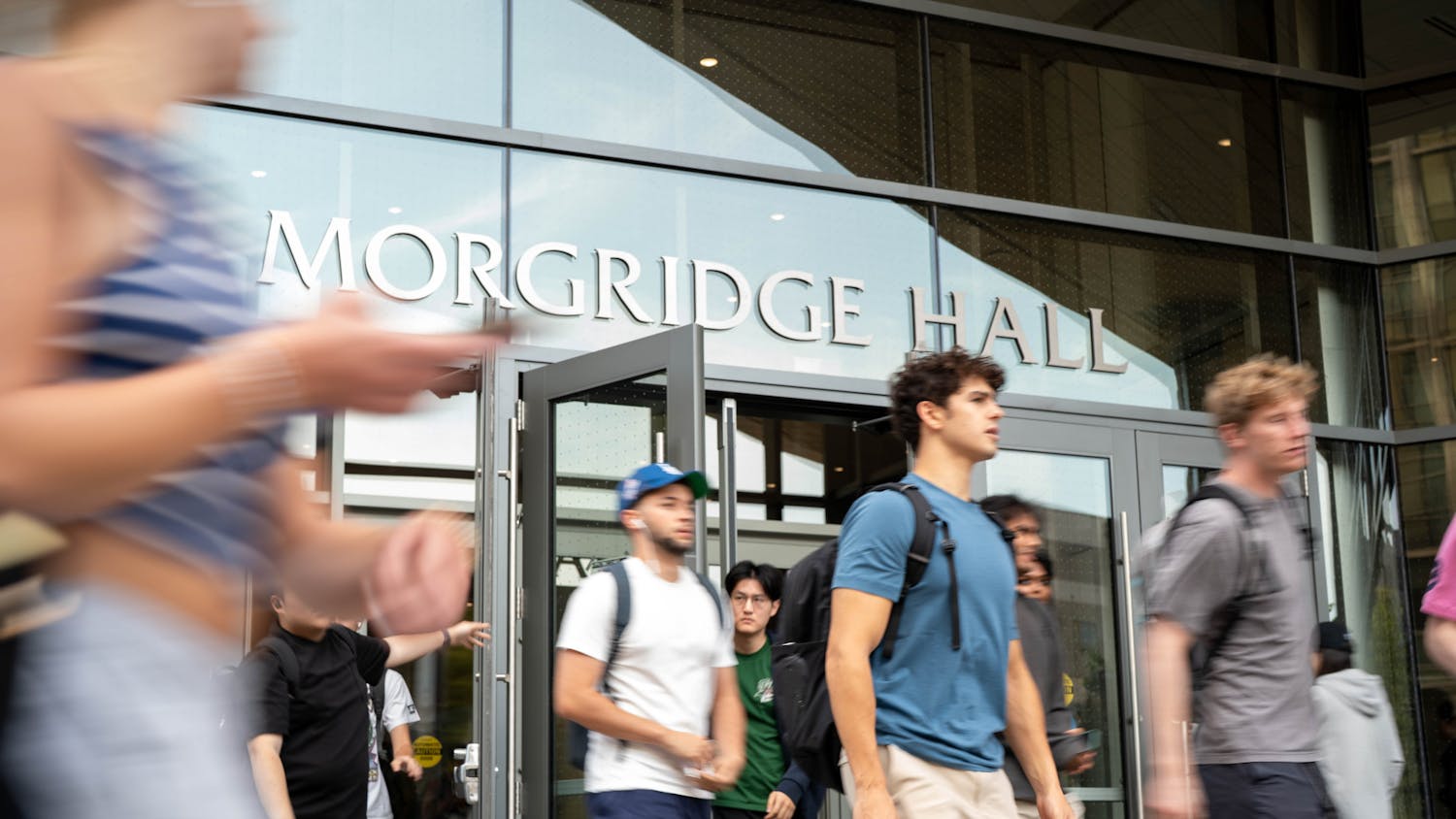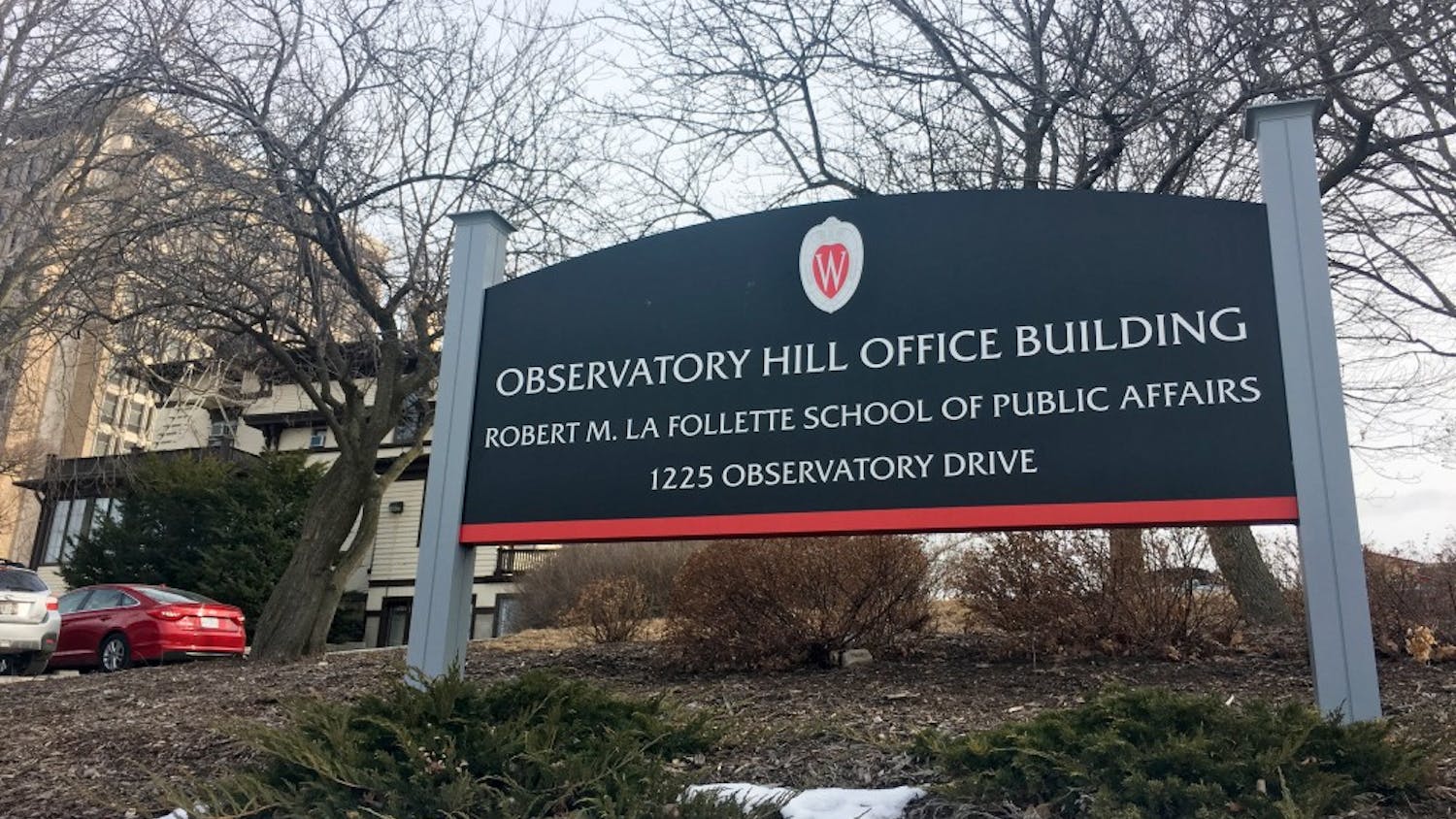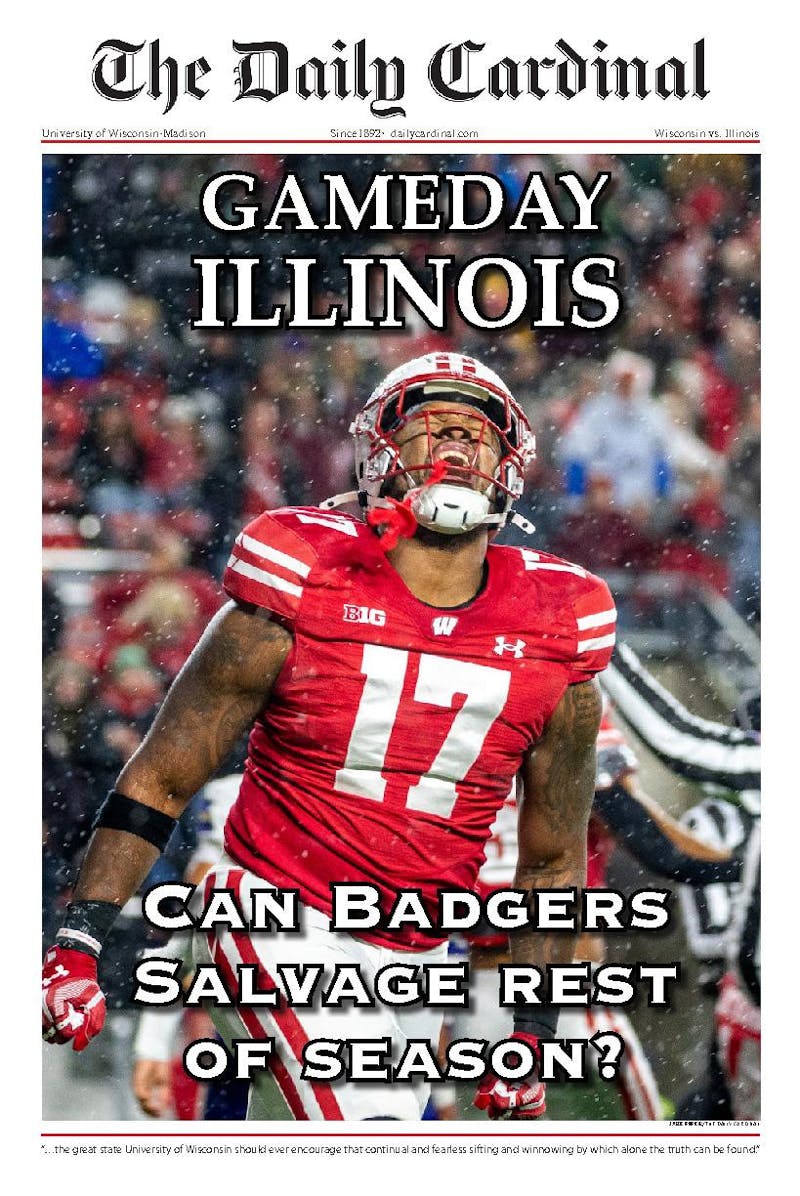The word feminism can elicit reactions ranging from unadulterated hatred to unyielding pride, depending on who you ask. It can conjure images of suffragettes with hands thrown in the air and brazen expressions plastered on their faces. It can be a source of power and a derivation of selfhood. Yet — at the other end of the spectrum — the word can invoke imagery of brash women who like to complain about unfounded injustices. It can be a reactionary discourse on how, “women have the same rights as men now.”
I identify as a feminist; I think everyone should, contentious as the identity might be. But there is an undeniable problem with feminism in America and many western countries: it has historically and almost ubiquitously been associated with white women, by both the media and the dominant culture.
Whether it was Susan B. Anthony or Lena Dunham, many have framed feminist advancements with women who look like them, and this is more than a lack of representation. This issue runs deeper than slipping the word intersectionality into speeches about women’s rights. Women of color, specifically those of lower economic standing, being excluded from the narrative, the conversation and the movement has dire consequences.
When Sarah Evervard was murdered, London came together to grieve the loss of yet another woman taken at the hands of gender-based violence. Communal anger sparked stories of keys tightly gripped between knuckles and pepper spray held in clammy hands. Women had one common experience: fear.
Sarah’s story begs the question: Why is walking alone at night a death sentence? The circumstances surrounding Evervard’s murder spawned outrage and horror at the systemic harassment women face on a daily basis.
In proving the inequitable attention given to women of color, little regard was given to the murder of Sabina Nessa, a schoolteacher of Bangladeshi descent. The same holds true for the unexplained drowning of Blessing Olusegun, a Black business student. Both of these women received a fraction of the public outcry which Evervard’s did, despite both hailing from London.
But then again, when caucasian Gabby Petito went missing in Wyoming, headlines blazed. Her name became household in a matter of days. Authorities acted quickly, her remains were found and her family was given an answer.
Countless Indigenous families in the Wyoming area are still waiting for that answer. They are left wondering what happened to their missing daughters, and why both public and legal attention seems to be muted.
No, it’s not a competition. The murders of Sarah Evervard and Gabby Petitio highlighted severe issues surrounding rape culture, abuse of power and violence against women. Their stories mattered and their lives ended in tragic, inhumane ways. Nevertheless, it is irresponsible to not discuss that women of color — in identical circumstances — are disproportionately unacknowledged.
It’s about where society, and subsequently the media, place its value, and it has become increasingly clear that agenda is exclusionary. According to the Wyoming Statewide Report on Missing and Murdered Indigenous People, “Only 30% of Indigenous homicide victims had newspaper media coverage, as compared to 51% of White homicide victims.” For Indigenous women, that number drops to 18%.
It is not that white women don’t deserve attention, safety or public outcry. But seeing the media and justice system consistently disregard the kidnappings and murders of women of color, one can’t help but wonder why some lives seem to be assigned more worth. The difference in the treatment of the Sarah Evervard and Gabby Petitio cases in comparison to the deaths of the women of color confirms this: women of color are not afforded the same protection as white women. Perpetually viewing feminism through a white, middle-class lens only continues to propagate this negligence.
As feminists, we need to examine ourselves. Subconsciously, do we view white women as more precious or valuable? Do their deaths create more unease in us? More sorrow? When we speak about feminist issues, is intersectionality a division rather than a backdrop of the movement?
A Black woman is both Black and a woman, and neither identity should be stripped because of the other. Yet, women of color are rarely at the forefront of gender or race movements. Their voices and their unique experiences are rarely highlighted. The feminist movement in the western world has long needed a change. It is time for the mainstream movement to shift its focus towards providing support and empowerment for all women.
It is time for the mainstream movement to have uncomfortable conversations about power structures within the movement itself and to break down who we give authority to. We must be willing to bring to light the disparities that exist within feminism. The feminist movement is the key to giving women of color the same public and legal attention as Sarah Evervard and Gabby Petitio and —through this attention — we can work toward ending the culture of violence to which women, as a whole, are subjected to.
Priyanka Vasavan is a freshman studying marketing and finance. Do you agree that feminism being centered around white women plays a part in the lack of justice women of color receive? Send all comments to opinon@dailycardinal.com






